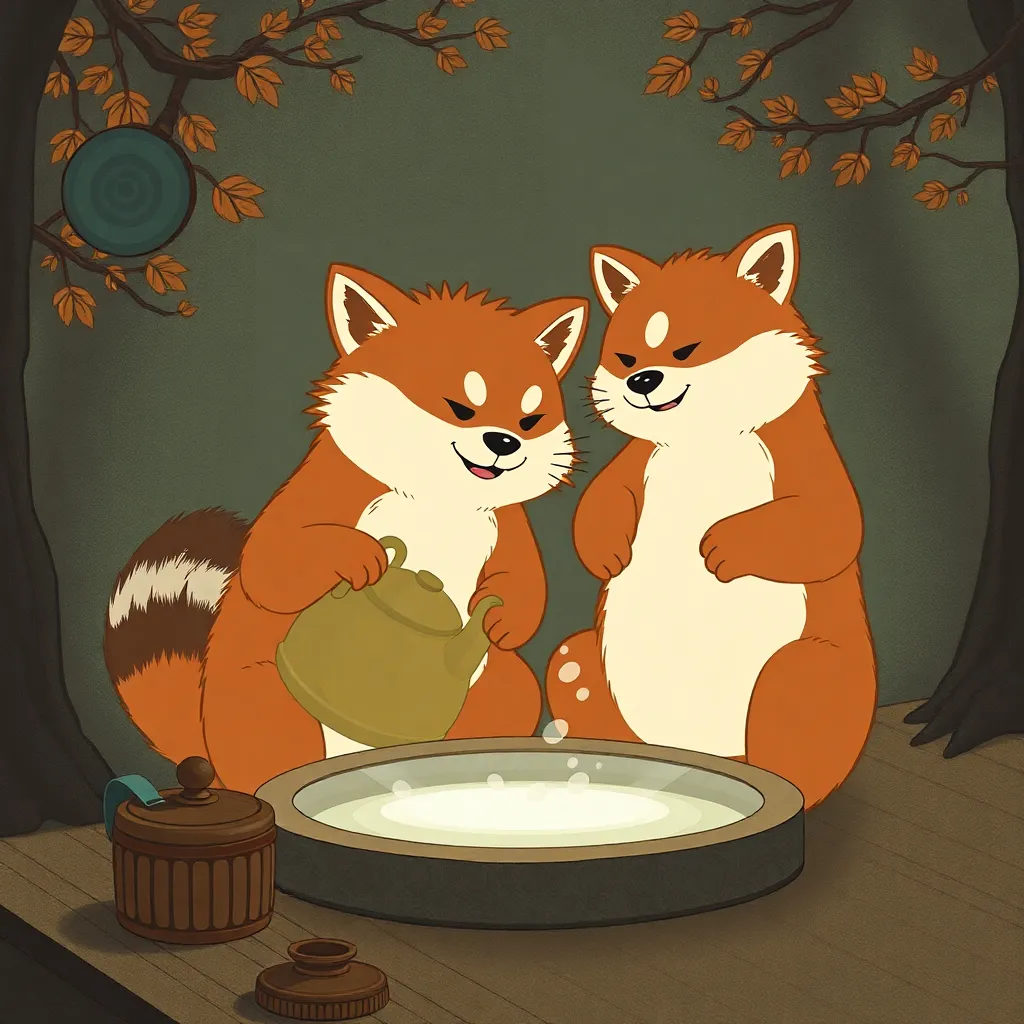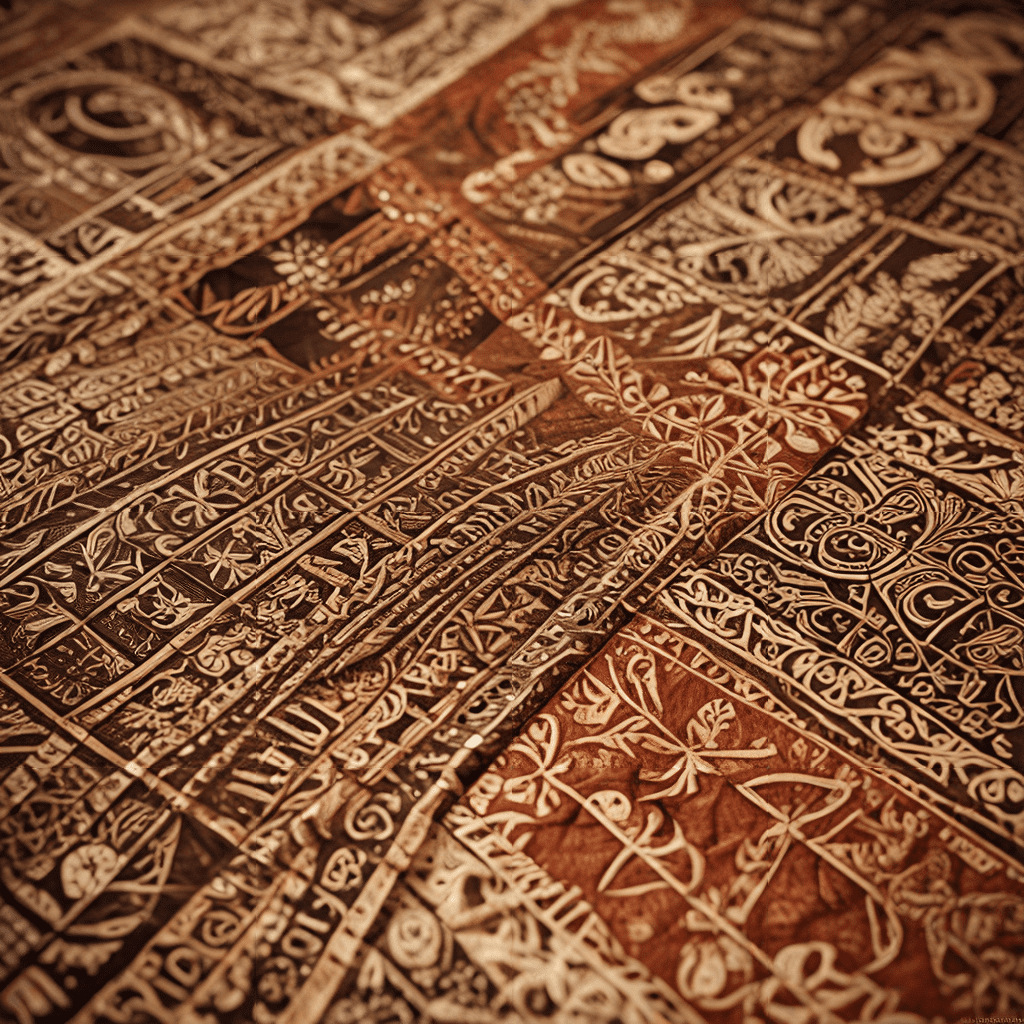The Concept of Fate and Doom in Norse Mythology
Understanding the Notion of Fate in Norse Mythology
In Norse mythology, fate, known as “Wyrd”, is seen as the force that dictates the destiny of all beings, including the gods. It encompasses the idea that events are predestined and cannot be changed. The Norns, supernatural beings, are often associated with weaving the web of fate for individuals.
According to this belief, every being has a predetermined path in life, and attempts to alter destiny often lead to unintended consequences. Even the gods in Norse mythology are subject to their own fates, which adds a layer of complexity to the concept of fate in this mythology.
The Role of Doom in Norse Mythology
In Norse mythology, the concept of doom, or “Ragnarök”, stands as a pivotal event that foretells the ultimate destruction and rebirth of the world. It is considered an inevitable fate that involves the death of major gods, the submersion of the earth in water, and the occurrence of various natural disasters.
Despite the grim nature of Ragnarök, it symbolizes a cyclical view of existence in Norse mythology, where the end is intertwined with a new beginning. This notion of doom highlights the interconnectedness of all things in the cosmic order of the Norse universe.
Embracing Fate and Doom in Norse Culture
Norse culture places a significant emphasis on accepting fate and doom as intrinsic parts of life. While this view may seem fatalistic, it fosters a sense of courage and fatalism among the Norse people, encouraging them to face challenges with valor and dignity.
The concept of fate and doom in Norse mythology also extends to the idea of honoring one’s destiny and meeting one’s ultimate end with bravery. This acceptance of fate not only shapes individual actions but also influences societal norms and values within the Norse community.
Conclusion
The concepts of fate and doom in Norse mythology are integral aspects of the belief system that permeated the ancient Norse culture. By understanding and embracing these notions, we gain insight into the worldview of the Norse people and how they navigated the challenges and uncertainties of life.
Whether contemplating the unchanging thread of fate woven by the Norns or preparing for the apocalyptic event of Ragnarök, the rich tapestry of Norse mythology continues to captivate us with its portrayal of destiny, resilience, and renewal.
FAQ About the Concept of Fate and Doom in Norse Mythology
What is the concept of fate in Norse mythology?
In Norse mythology, fate, known as “Wyrd” or “Orlog,” is a powerful force determining the destinies of individuals and even the gods themselves. It emphasizes the inevitability and fixed nature of events, shaping the lives of all beings.
How does the idea of doom differ from fate in Norse mythology?
In Norse mythology, doom is closely related to fate but often carries a darker connotation. It signifies the ultimate end or destiny that awaits gods, mortals, and even the cosmos itself. While fate can encompass a broader sense of destiny, doom often implies a more ominous outcome.
Is it possible to change one’s fate or doom in Norse mythology?
While Norse mythology portrays fate as an unchangeable force, there are instances where individuals, through courage or cunning, can alter the course of events. However, attempting to evade fate or doom often leads to unintended consequences, highlighting the complex interplay between free will and predestination in Norse belief.
How do the Norns influence fate and doom in Norse mythology?
The Norns, three powerful female beings, are responsible for weaving the intricate web of fate known as “Wyrd” in Norse mythology. They shape destinies, measure out the length of individuals’



